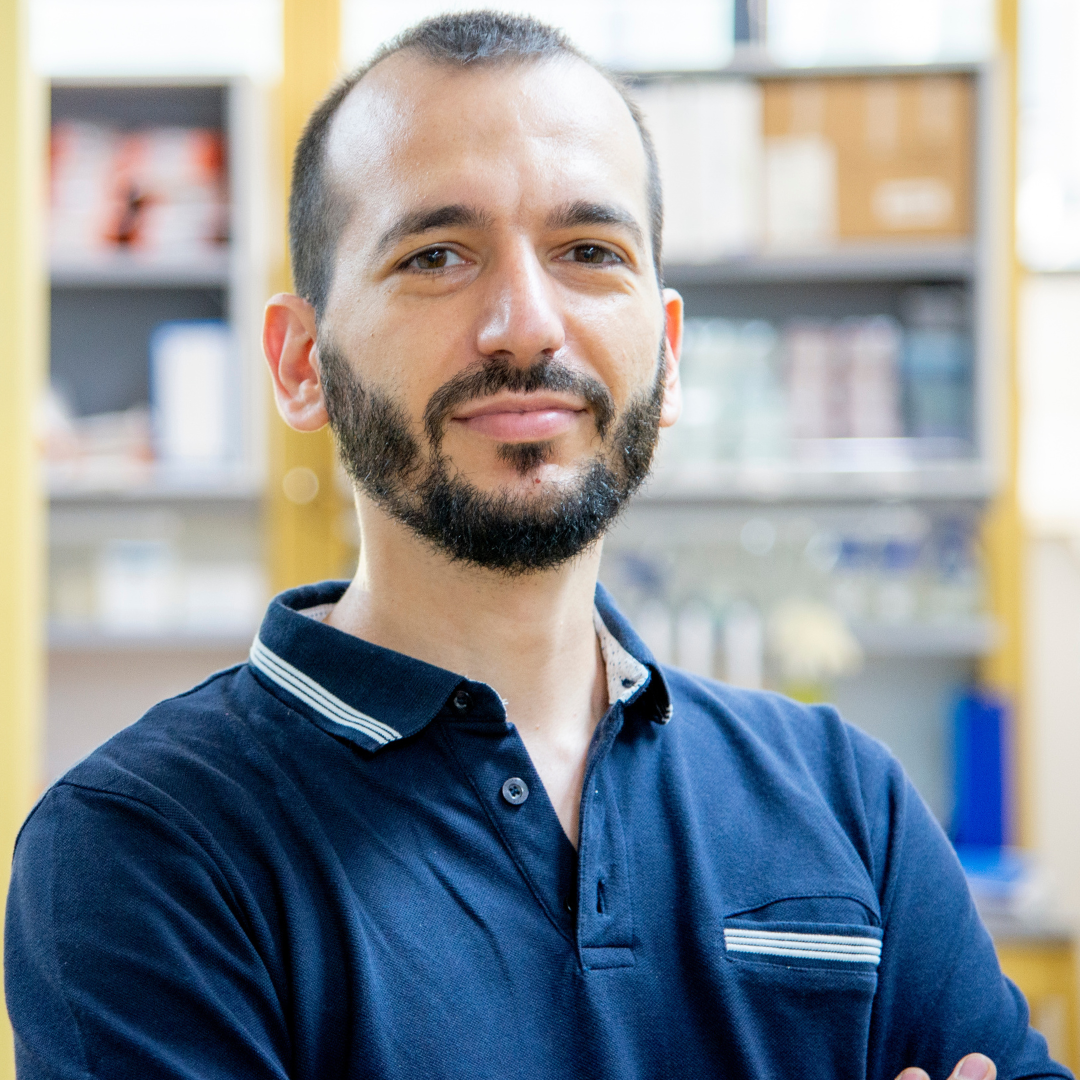
An Organelle-Resolved Translocome Atlas Of Coronavirus-Infected Cells Reveals Conserved Host Dependency And Restriction Factors

- medicina
- research
Upon infection, positive-sense single-stranded RNA (+RNA) viruses remodel the host endomembrane system to establish a favorable environment for viral replication. The most striking among the alterations induced by the infection of +RNA viruses is the formation of the viral replication organelle (RO), a specialized membrane-delimited organelle where the viral genome replication takes place. For SARS-CoV-2, the etiological agent of the COVID-19 disease, the viral ROs are composed of double membrane vesicles that originate from and are in contact with the endoplasmic reticulum. The reorganization of the cellular architecture may contribute to the cytopathic effects observed during infection. However, the host and viral factors, as well as the molecular mechanisms underlying RO biogenesis and virus-induced cellular remodeling, remain poorly understood. To shed light on such factors, we performed organelle organelle-resolved proteomics in Coronavirus-infected cells to define the cellular “translocome,” encompassing host proteins that relocalize in response to infection. Genetic pertubation screening performed on a selected list of translocating proteins revealed previously unrecognized host dependency and restriction factors for SARS-CoV-2. Notably, several of these factors are conserved across different RNA viruses, suggesting the existence of a shared evolutionary strategy for host manipulation and replication organelle formation.